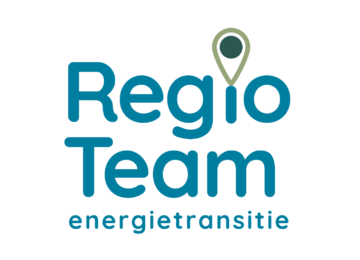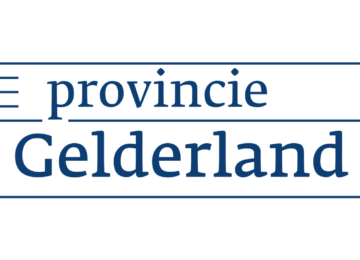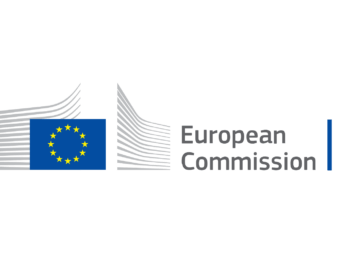Thermal storage for industry in SDE++
In March, outgoing Climate and Energy Minister Rob Jetten informed the House of Representatives about the opening round of the SDE++ later this year. This letter indicated that new renewable electricity generation installations over impact the available grid capacity. Therefore, the minister has decided to propose new categories within the SDE++ this year that have a lower grid impact, such as high temperature thermal storage and the process-integrated heat pump. In doing so, the minister is taking the advice from the report ''Adjustments SDE++ for lower grid impact' from CE-Delft on.
The thermal storage high-temperature heat category refers to the use of thermal storage for deferred delivery of high-temperature heat (above 100˚C) to industrial production processes. Molten salt, sand, concrete or steel slag, for example, can be used as the storage medium. With high-temperature thermal storage, the number of hours of heat delivery on CO2-free electricity with electric boilers or heaters be increased. PBL recommends capping the thermal capacity at 50 MW to reduce the risk of overstimulation, and maintaining a power ratio between electric and thermal power of 1.5 or greater to ensure that only CO2-free electricity is used. The scheme is scheduled to open on Sept. 10, 2024.
Energy Storage NL is pleased that the outgoing cabinet is enabling stimulation for thermal storage in industry. In doing so, the industry association points out that thermal storage also offers many advantages for the built environment. To ensure a lower grid impact on low-voltage grids, individual and collective thermal storage systems for the built environment should also be able to claim the SDE++ scheme, according to Energy Storage NL.
Nevertheless, the industry association sees this change as an important step for the heat storage sector. In fact, more targeted subsidies for thermal storage are needed in order to thereby stimulate the demand for these storage systems on the one hand, while also providing more certainty in the thermal storage business case. This need also emerges from the Heat Storage Action Plan which was recently presented by Energy Storage NL to the Ministry of Economic Affairs and Climate.
Read here the entire House letter for the opening of the 2024 SDE++.
Latest News
 News
News
Response from the regional energy transition team to the draft policy on large-scale battery storage in Flevoland
December 23, 2025 News
News
Compliment of the month: Provincial Council of Gelderland
December 18, 2025 News
News


